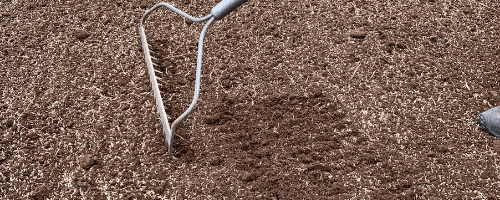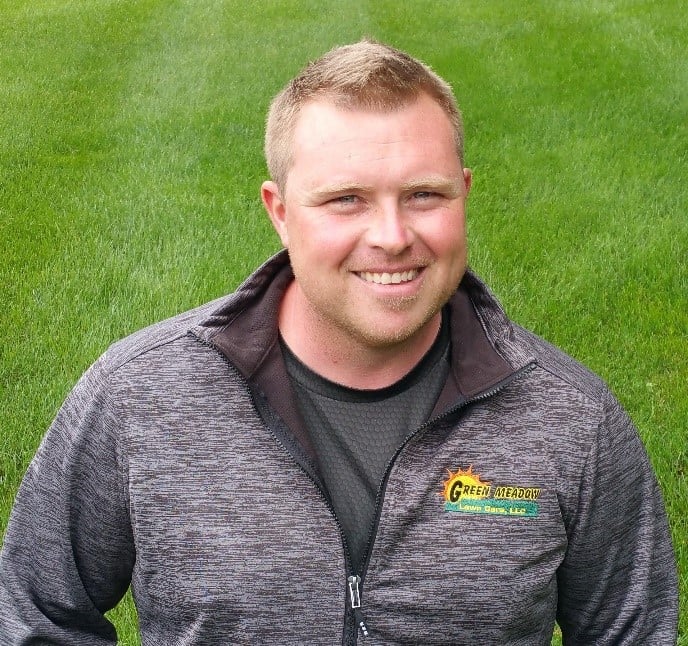What is Dormant Seeding?
Dormant seeding is the practice of sowing grass seeds in late fall or early winter when the soil temperature is below 40 degrees. Grass seed will not germinate when the soil temperature is cold.
Dormant seeding can be a great option for those of you who have missed the late summer/early fall window to Aerate and Seed.
A great spring lawn starts in the fall. Grass goes into a dormant stage but this doesn’t mean that you can’t get a head start by laying seeds.
-
Thicken up thin lawn and bare spots.
-
Can out-perform spring seeding: Research has shown that seeds laid in dormancy can produce grass as much as half a month sooner than seeds laid in springtime.
-
Suppress weeds: the germination head start can help suppress weeds.
-
Mimics mother nature. This is the time of year when plants naturally hibernate.
-
You can target specific areas of your lawn. (shaded spots etc) New grass still needs sunlight for optimum germination; even when using shade seed varieties. Dormant seeding when most of the leaves have fallen will increase the amount of sunlight during the germination process.

Dormant Seeding can be great for a patchy lawn like the one picture above.
-
Seeds have time to settle: When seeds have time to settle into your lawn you can be assured that they will not blow away and go to waste. They will stay right where you laid them. This can be beneficial when you are targeting specific patchy areas.
-
Less water needed: All the moisture that is trapped in soil throughout winter will release itself with the thaw. If you lay seeds in the spring you might have to wait for rain before you see results.

-
Dry ground creates space for seeds to settle: In the dormant months, the ground is usually a bit dryer, providing cracks and gaps for seeds to settle into.
-
Plants have more time to develop before the heat and stress of summer arrives. New grass that isn’t fully established before summer will not survive severe heat.
-
It can be easy! It can be as simple as broadcasting seed and allowing it to work naturally through the soil.
Related Articles:
- Top 6 Benefits of Fall Seeding
- Fall Seeding vs Dormant Seeding
- Times of Year to Over Seed Your Lawn [Best to Worst]
- How to Care for a Newly Seeded Lawn
- How to Prepare My Lawn for Overseeding
- A-List Seed - What's So Special About it?
- Overseeding Your Lawn - The Ultimate Guide
Since 2007, Green Meadow Lawn Care has provided homeowners throughout the greater Tolland, Connecticut area with premium fertilization programs, tick control, mosquito management, seeding & aeration and tree & shrub care.
Visit our Learning Center to find out more about how our services can help you or visit our Youtube Channel to view more in our Learning Center Series.
To speak to our Customer Service Manager, please call Dave (view Dave's video bio here) with any questions. Dave has been in the industry for 30 years and is always happy to help with his expert advice.
860-870-5700




